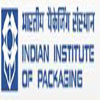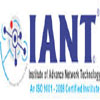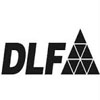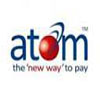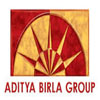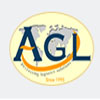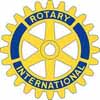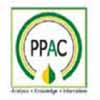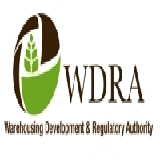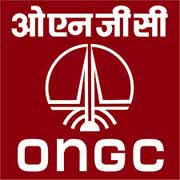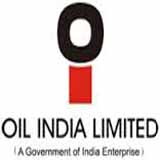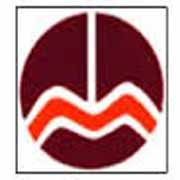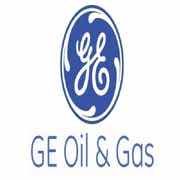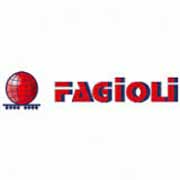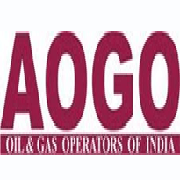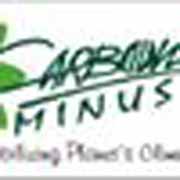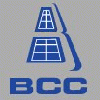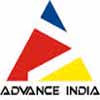-
Delhi airport authority collected Rs 9,450 crore extra charges from IGI flyers since 2014
Are passengers flying in and out of Delhi paying much more than they should? And will the extra charges collected by airlines from the passengers and paid to Indira Gandhi International Airport — a total of around Rs 9,450 crore in just over three years — ever be refunded to flyers?
These questions have been raised by the Airports Economic Regulatory Authority (AERA) in a petition filed before the AERA Appellate Tribunal (AERAAT) over Delhi International Airport Pvt Ltd (DIAL) continuing to charge the higher charges pertaining to the first control period, or a stipulated five-year term, from April 1, 2009 to March 31, 2014.
AERA had lowered the airport’s charges by a steep 96% for the second control period that came into force from April 1, 2014 and will go through to March 31, 2019. While this should have meant cheaper flights to and from Delhi, DIAL opposed the implementation of the lowering of charges at various legal forums and continued with the higher earlier rates. The case is yet to be decided.
A concerned AERA recently moved AERAAT, saying, “The appellant is charging aeronautical tariffs as per the first tariff order, which has higher tariff than the second tariff order. Under the second tariff order, the target revenue to be recovered by the appellant is Rs 7,709.61 crore (approximately) and the aeronautical tariff has been fixed on that basis. However, from April 1, 2014 to June 30, 2016, the appellant has already earned revenue of Rs 7,257.15 crore (approx) which is about 94.13% of the target revenue for the second control period.”
The petition added that DIAL which was currently recovering an estimated Rs 300 crore per month, would have accumulated around Rs 17,157.15 crore by the end of the second control period in March 2019. This would represent an excess of Rs 9,447.54 crore against the target revenue of Rs 7,709.61 crore.
AERA warned that it would not be possible to have this excess amount refunded to passengers from whom it was collected, thereby creating an “irreversible and uncontrollable situation”. DIAL is recovering monies in excess of the projected revenue, thus defeating the whole purpose of fixing the aeronautical tariffs, the regulatory authority charged.
In response, a DIAL spokesman said, “The tariff determination for the first control period was done in 2012 based on various principles adopted by AERA. Being aggrieved with certain principles adopted by AERA, DIAL filed an appeal in AERAAT in 2012. The decision on the aforesaid issue is still pending adjudication. This has led to recovery of tariff much lower than the rightful entitlement under the concession. In the meantime, AERA has used the same principles to determine the tariff for the second control period. We are awaiting judgement of AERAAT on the issues. Once these are resolved, DIAL expects material recalculation of target revenue of first and second control periods and as a consequence does not expect significant over-recovery accruing to DIAL.”
For the second control period, DIAL had sought a 42.6% hike in aero charges, but AERA had brought them down by 96.08% in December 2015, leading DIAL to challenge the decision in multiple legal forums.
While requesting the tribunal to decide on the issue expeditiously, AERA reasoned that the large amounts involved in airport projects are public money and every attempt should be made to safeguard such funds. AERA determines airport charges for major airports for five-year terms called control periods. Based on these, airlines have to pay airports and accordingly set passenger fares. Scott Harrington Womens Jersey
Share This






























